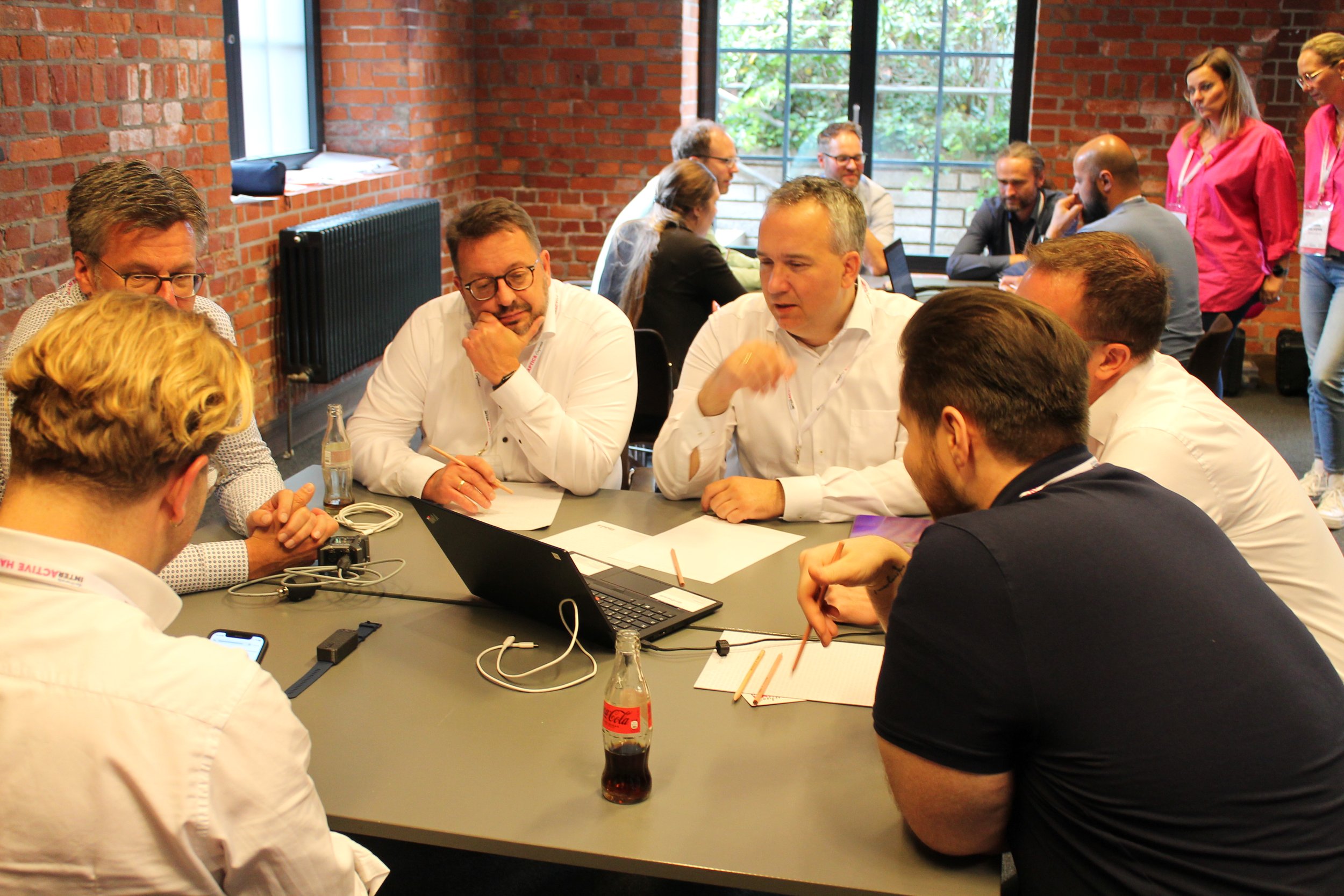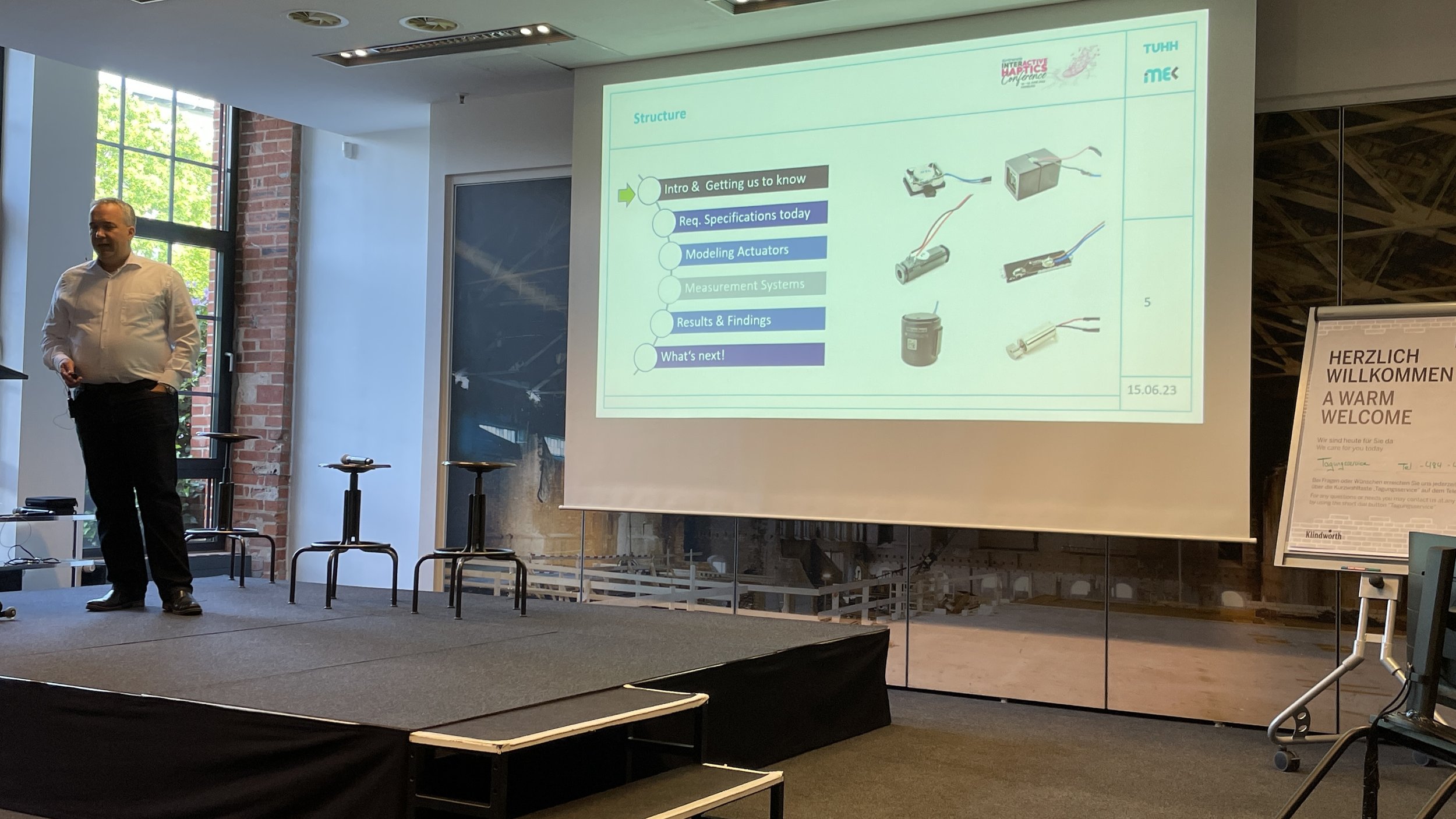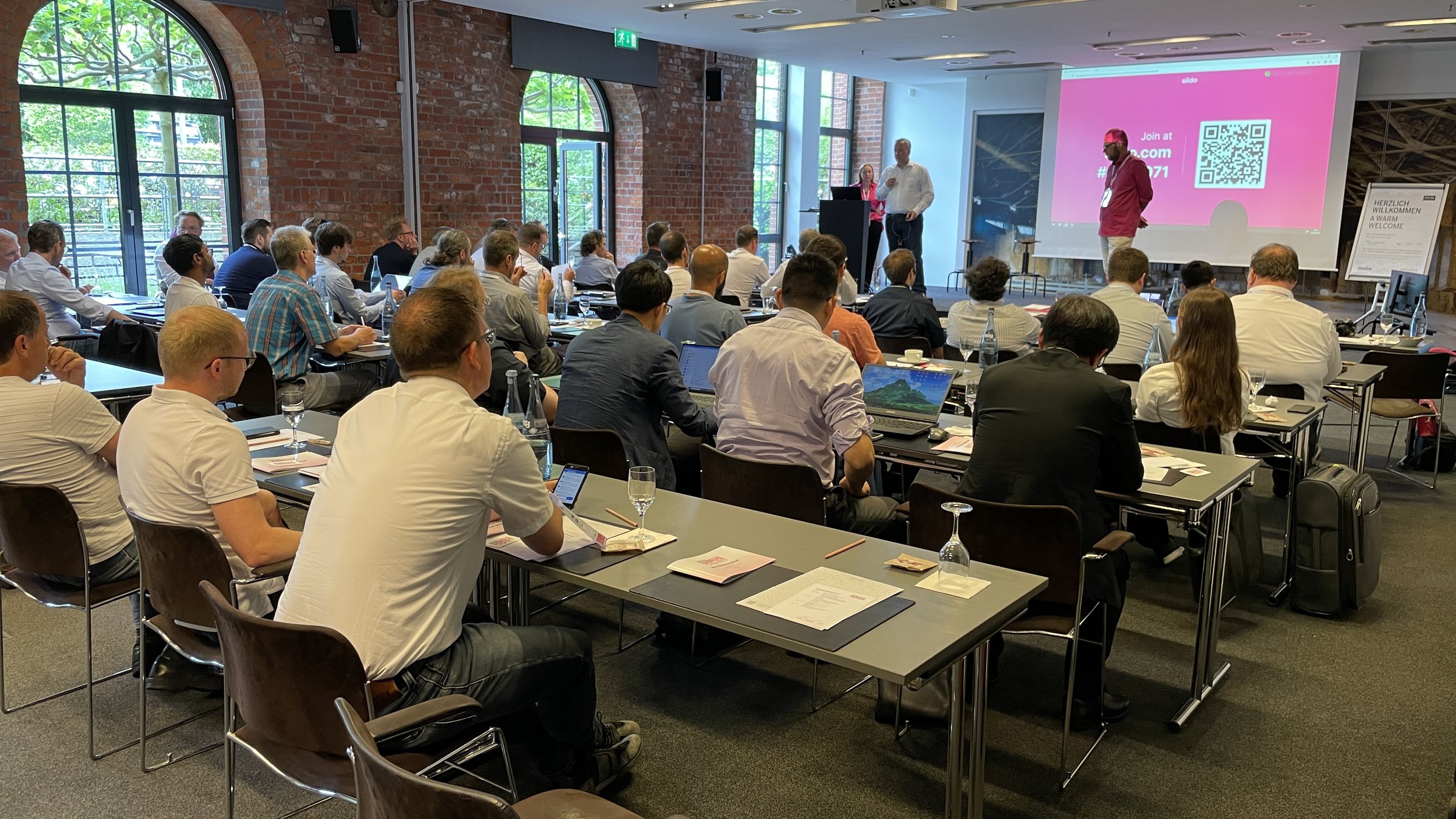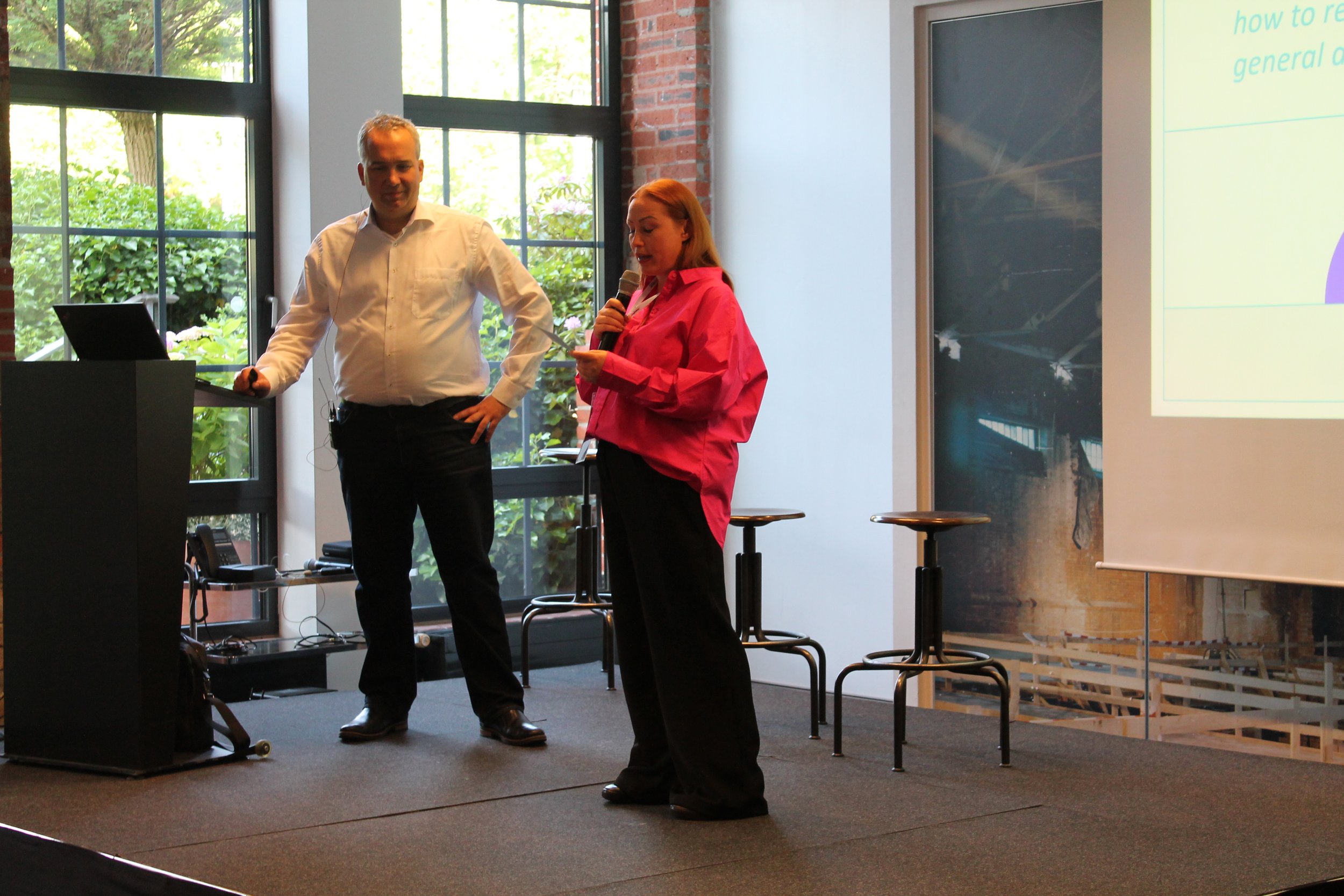Interactive Haptics Conference: A Retrospective
We welcome as Guest Editor Thorsten Kern, director at Hamburg University of Technology (TUHH), Germany, of the Institute for Mechatronics in Mechanics. Thorsten A. Kern received his Dipl.-Ing. and Dr.-Ing. degrees from Darmstadt University of Technology (TUDA), Darmstadt, Germany in the areas of actuator and sensor development for medical human-machine-interfaces (HMIs) in applications like minimally-invasive surgery and catheterizations.
Previously he worked in Automotive Industry at Continental as a R&D manager for interior components, leading a team of 300 engineers worldwide in the development of Head-Up-Displays. He joined Continental in 2008, covering various functions with increasing range of responsibility in actuator development, motor-development and active haptic device development before shifting towards R&D management and product-management on Head-Up-Displays. Between 2006 and 2008 he was working in parallel in a startup focussing on medical interventions and was finalizing the 1st edition of „Engineering Haptic Devices“, a scientific textbook for mechatronic engineers in system- and component design on haptic HMIs. The textbook was published in a 2nd and 3rd edition in 2012 and 2022. He joined Hamburg University in January 2019. His interests are especially focussed on all types of electromagnetic sensors and actuators and their system integration towards larger motor- or sensor-systems in especially high-dynamic applications.
Introduction
The "interACTIVE HAPTICS Conference (IAHC)" took place on June 14th and 15th in the beautiful city of Hamburg. Over 100 individuals from the haptic industry, including researchers, gathered for a two-day conference organized by Grewus GmbH. The event aimed to foster a detailed exchange of the latest haptic technologies and trends. Attendees represented various technical backgrounds, such as component manufacturers, system integrators, and OEMs. The industries present were evenly distributed among consumer electronics, automotive, and professional entertainment. The conference also welcomed research institutions and enablers, creating a diverse mix of interests. This gathering highlighted two key points: haptic technology is a relevant and impactful aspect of customer experience across multiple domains, and there is still much to learn and align on in this field.
Interactive Haptics, Summarized
While many presentations had a sales and self-promotion focus, they still offered valuable insights into the challenges and concerns faced by companies and presenters. Given that the presenters were usually from the technical domain, there was a sense of pride in the accomplishments shared. The conference sessions were opened and closed by Grewus' team, providing context and ensuring the relevance of the content-heavy presentations that followed. Topics covered a wide range, including traditional capacitive touch sensor technology presented by Leonhard Kurz and PolyIC, as well as innovative approaches by TouchNetix, who explored creating force sensors from capacitive sensors through unconventional thinking. Human-centric design methodologies were also discussed, with presentations by Eric Vezzoli from Razer Inc., and a broader perspective offered by Stefan Breitschaft from BMW and Prof. Beckerle from FAU Erlangen-Nuernberg. This highlighted the need for aligning not only design thinking but also technical expectations and terminology—an objective pursued by the Haptic Industry Forum (HiF). The day concluded with a delightful dinner event in the heart of Hamburg's historic "Speicherstadt," where attendees enjoyed exclusive access to the "Miniature Wonderland" exhibition. This experience symbolized the concept that focusing on details as a diverse team can yield significant achievements.
While the first day provided a broad approach to the conference's theme, the second day delved into technical aspects. Myself, Thorsten Kern from TU-Hamburg, presented fresh measurements and measurement methods for quantifying vibrotactile actuators, while Morten Rothmann (Hamsø Engineering) and Anouscha Esselun (Grewus) shared insights into testing methods, bringing novel technical and methodological approaches to the forefront. The final talk, delivered by Daniel Shor from Innovobot, encouraged attendees to step out of their comfort zones and narrow perspectives and to embrace user-centric thinking. Inspired by his presentation, participants created tangible applications, such as a tactile theme for playing chess, haptic feedback for bike navigation, or vibrational patterns for calming emotional states.
The conference featured a small exhibition space relating to the topics discussed on stage. These breaks provided valuable networking opportunities, which became vital to the conference, fostering connections and collaborations among attendees.
The interACTIVE HAPTICS Conference does not strive solely for academic excellence or function as a pure marketing event. While it offers a platform for industrial participants to showcase their products and provide insights into their sophisticated work, it maintains a balanced approach and avoids excessive marketing. Moreover, the conference brings together different segments of the haptic community that rarely have the opportunity to meet, including those who profit from the technology and those who innovate with a product-focused approach but choose not to publish their findings. Lastly, the conference facilitates cross-industry comparisons, allowing automotive and professional gaming sectors to interact—an encounter that may not occur otherwise. By addressing these gaps in the haptic networking landscape, the interACTIVE HAPTICS Conference serves as a valuable event. Let us hope it becomes a recurring gathering, as it is genuinely worth attending again.



